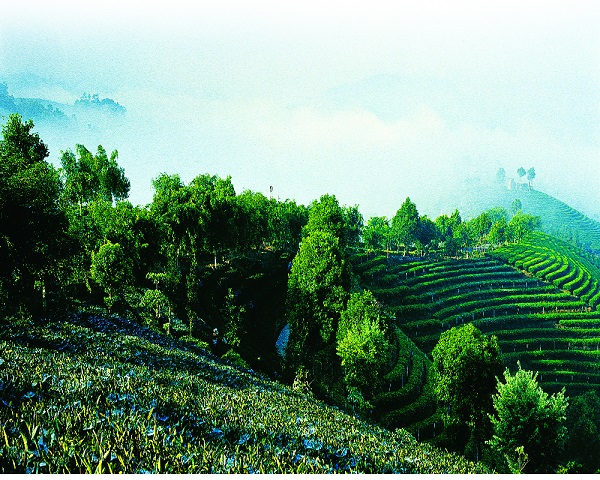
Detailed Introduction to Nanhua County of Chuxiong Prefecture
Nanhua County (南华县) is a vibrant and historically significant region within Chuxiong Yi Autonomous Prefecture in central Yunnan Province, China. Known for its scenic landscapes, rich cultural traditions, and agricultural prowess, Nanhua County plays a key role in the cultural and economic fabric of the prefecture. The county is home to diverse ethnic groups whose heritage is celebrated through colorful festivals, traditional crafts, and a way of life that has endured through centuries.
Geographical Location and Climate
Location:
Nanhua County is situated in the eastern part of Chuxiong Prefecture. It covers an area of approximately 2,600 square kilometers and features a diverse topography that includes fertile valleys, rolling hills, and scattered low mountains. The county’s location on the Yunnan-Guizhou Plateau provides it with a unique landscape that supports both agriculture and eco-tourism.
Terrain and Environment:
Topography: The landscape of Nanhua is marked by expansive farmland interspersed with natural features such as gentle hills and river valleys. These areas have been cultivated over centuries, creating a patchwork of terraced fields.
Water Resources: Several small rivers and streams flow through the county, contributing to its rich soil and providing essential irrigation for agriculture.
Biodiversity: The varied ecosystems support a wide range of plant and animal species, making the area attractive for nature enthusiasts and eco-tourism.
Climate:
Subtropical Monsoon Climate: Nanhua experiences mild winters and warm, humid summers.
Temperature and Rainfall: Average annual temperatures typically range from 14°C to 22°C, with abundant rainfall during the monsoon season, which sustains the region’s lush vegetation and high agricultural productivity.
Historical Background
Nanhua County has a long and diverse history that reflects its position as a crossroads of trade and ethnic interaction in central Yunnan:
Ancient Trade Routes: Historically, Nanhua was part of the network of trade routes, including segments of the ancient Tea Horse Road. This facilitated the exchange of tea, agricultural goods, and cultural practices between Yunnan, Tibet, and Southeast Asia.
Ethnic Heritage: Over the centuries, the county has been home to various ethnic groups such as the Yi, Han, and other minorities. Their traditions and languages have enriched the local culture and contributed to a unique cultural mosaic.
Modern Developments: With the administrative reforms of the mid-20th century, Nanhua County was established as an administrative unit within Chuxiong Prefecture. Since then, it has evolved through a combination of modern agricultural practices and the preservation of its traditional heritage.
Economic Overview
Nanhua County’s economy is primarily driven by agriculture, supplemented by growing sectors in eco-tourism and small-scale industries:
1. Agriculture
Staple and Cash Crops: The county’s fertile lands are ideal for cultivating rice, corn, and other staple grains. In addition, high-value cash crops such as tobacco and Pu’er tea are extensively grown.
Fruit and Vegetable Production: A variety of fruits—including apples, pears, and peaches—as well as vegetables and medicinal herbs, are produced, contributing to both local food supply and regional trade.
Sustainable Practices: Local farmers are increasingly adopting sustainable and organic farming practices to boost yield and quality, ensuring that traditional agricultural methods are enhanced with modern innovations.
2. Eco-Tourism and Cultural Industries
Eco-Tourism: With its scenic natural landscapes and rich biodiversity, Nanhua is developing eco-tourism initiatives. Nature trails, birdwatching, and rural homestays offer visitors an immersive experience in the county’s pristine environment.
Cultural Handicrafts: Traditional crafts such as Yi embroidery, silver jewelry, and wood carving are produced by local artisans, preserving ancient techniques while providing an economic boost through local and export markets.
3. Small-Scale Manufacturing
Agro-Processing: Local enterprises process agricultural products, particularly tea and tobacco, into value-added goods for both domestic consumption and export.
Artisanal Production: The small-scale manufacturing sector includes the production of handicrafts and specialty foods, reinforcing the county’s cultural identity and providing employment opportunities.
Ethnic and Cultural Heritage
Nanhua County is renowned for its rich ethnic tapestry, primarily influenced by the Yi people alongside the Han and other minority groups:
1. Yi Culture
Traditi



